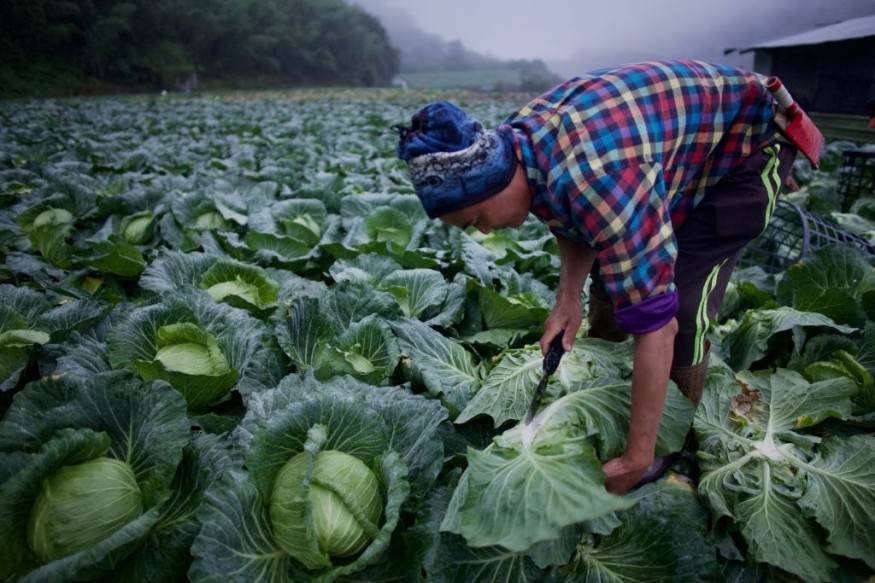
According to a study, crop yields can be doubled by utilizing engineering and synthetic biology developments when farming.
To feed a growing world population, food output must quadruple by 2050, according to Amanda Cavanagh, a lecturer at the University of Essex.
However, not only is humankind falling short of this goal, but climate change is also making matters more difficult, according to Earth.com.
The authors of the new study state that improving agricultural yields by raising photosynthetic efficiency is a major area of study in plant science.
Farming Synthetic Biology and Engineering
By simulating soybean growth under actual climatic circumstances and modeling improved photosynthesis through enzyme modification, a team from the University of Illinois has determined how much the improvements in photosynthesis may raise yields.
There is a complicated link between photosynthetic enhancement and real output, according to Yufeng He, a postdoctoral researcher at Illinois. Having better photosynthesis doesn't automatically translate into higher yield. Seasonal climatic conditions have a significant influence on yield return.
He oversaw this study for the RIPE (Realizing Increased Photosynthetic Efficiency) initiative.
This work has built a relationship between increases in photosynthesis and increased yields at the field size.
RIPE, which is headed by Illinois, is increasing photosynthesis, the natural mechanism that plants use to turn sunlight into energy and yields, in order to make crops more productive.
To replicate soybeans in Illinois fields under both normal and increased CO2 levels, Yufenf He and his colleagues from the Matthews Research Group employed the BioCro modeling framework, paying close attention to two crucial variables that have an impact on the photosynthetic activity of the plant canopy.
Instead of only studying the impacts on the leaves, they also wanted to know if increasing these photosynthetic activities at the canopy level would have any impact on yields in a variety of climates.
Increased Crop Yields
The scientists discovered that simulating plants in a high CO2 environment had an impact on the total returns in plant photosynthesis and crop yields.
Additionally, they discovered that the relationship between higher photosynthesis and increased production was influenced by the environment at various phases of soybean growth.
According to Megan Matthews, a Department of Civil and Environmental Engineering assistant professor, and the project's principal investigator, there is evidence that certain enzyme modifications can enhance photosynthesis.
However, the majority of these studies either only examined the effects at the leaf scale or only considered the effects of a small number of field trials and seasonal climate conditions.
She stated that their group had investigated how changes in seasonal climate had an effect on photosynthesis at the field level.
To run their models and demonstrate how those gains might change with various climates, they used realistic climatic inputs.
To apply the findings to crop development in Sub-Saharan Africa, the researchers' next steps include combining more precise mechanistic models and unique data from African crop cultivars and climatic circumstances, Illinois IGB reported.
The findings of He and Matthews were recently published in the journal Field Crops Research.
© 2025 NatureWorldNews.com All rights reserved. Do not reproduce without permission.





